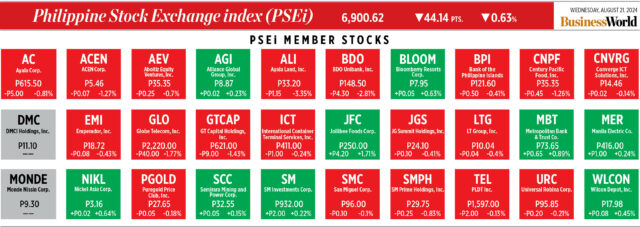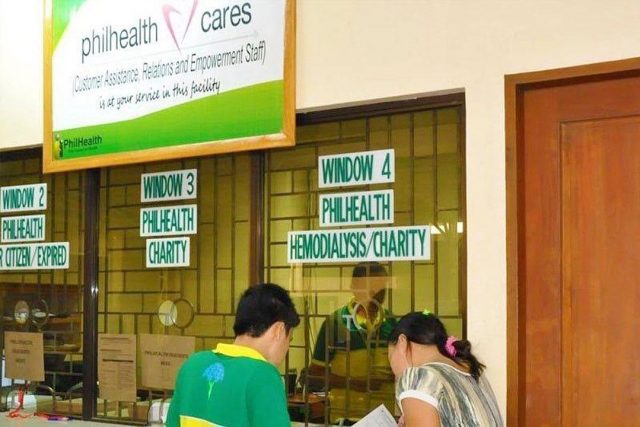There is no doubt that the global economy continues to digitize. All over the world, businesses are embarking on the digital shift and utilizing technology more and more to conduct business.
For suppliers, a digital economy means wider reach and opportunities to increase earnings. For consumers, it means easier shopping with countless options available through a multitude of online platforms and convenient, cashless payment methods.
The number of online businesses and activities in the Philippines continues to rise. Expectedly, the government is taking measures to protect the rights of both sellers and consumers; and at the same time has pursued policies that help increase government revenue.
The Internet Transactions Act (ITA), which became effective on Dec. 20, with implementing rules issued on May 24, was established to build trust in e-commerce and protect and uphold the interests of consumers. It recognizes the right of online buyers to pursue repair, replacement, refund and other remedies in cases of defect, malfunction and losses. On the other hand, it protects merchants from last-minute cancellation of confirmed orders or bogus buyers.
With the ITA, the Bureau of Internal Revenue (BIR) issued Revenue Regulations (RR) No. 15-2024 on Aug. 15 requiring all persons engaged in business including online sellers and service providers to comply with the policies, as well as registering with the BIR on or before the commencement of business, the filing of proper tax returns, and the payment of the applicable taxes.
RR 15-2024 applies to persons who engage in business in the Philippines operating either physical/brick-and-mortar stores or online (whether formal or informal) through digital platforms, e-marketplaces, e-retail, streaming, content creation, online advertising, on-demand freelance digital services and other forms of business conducted online.
WHO MUST REGISTER?
1. Persons operating physical establishments must register at the Revenue District Office (RDO) having jurisdiction over the place of business. Any branch or facility is to be registered with the RDO where the branch or facility is located.
2. Persons operating physical establishments but also maintaining an online presence for the brick-and-mortar stores must register the online store name as an additional “business name” attached to the head office or branch managing the online store. The online store may not separately be registered as a branch.
3. Persons engaged in the sale of goods or services through a website, online platform or application that do not operate a physical establishment must register at the RDO having jurisdiction over the place of residence (for individuals) or at the principal place of business registered with the Securities and Exchange Commission (for non-individuals).
Late registrations are subject to a fine of P1,000. On the other hand, failure to register the head office or branch is subject to a fine of between P5,000 and P50,000 depending on the classification of the enterprise, whether micro, small or medium/large.
The BIR original certificate of registration (CoR) must be clearly and visibly posted at the business establishment and at each branch or facility. For those not maintaining a fixed place of business, the COR should be kept in the possession of the holder or at his place or residence, subject to presentation upon demand of any BIR officer.
In case of online businesses, the electronic CoR should be displayed conspicuously on the website, account page, platform or application so that it can be easily seen by online consumers upon visiting the seller’s website, account page or platform.
Failure to post the CoR or e-CoR on the place of business or the website, account page or platform warrants a fine of P1,000.
WHAT COULD HAPPEN IF YOU FAIL TO REGISTER?
Failure to register a store or business name will result in a fine of P1,000 for every store or business name.
Moreover, under RR 15-2024, businesses that fail to register may be issued a Closure/Take Down Order, shutting down operations for not less than five days, to be lifted only upon compliance with the registration requirements or until the BIR has verified that the violations have been properly rectified.
Lessors and sub-lessors of commercial establishments and operators of digital platforms, applications or e-marketplaces must ensure that all sellers are properly registered with the BIR (e.g., with the required Tax Identification Numbers) and compliant with the invoicing requirements. Failure by the lessors and sub-lessors to enforce internal mechanisms to prohibit lessees and online sellers to operate their business without the proper registrations is to be construed as an act of aiding and abetting in the commission of the offense. A fine of P20,000 will be imposed on lessors and sub-lessors for every business establishment or online seller found to be allowed to operate their business without the BIR registrations.
With the above measures provided in the RR, the challenge of the BIR now is implementation. Specifically, how to apprehend online business owners who are operating on smaller platforms who may not be easily detected.
As a final note, the online world provides a ton of opportunities for businesses to explore. The ITA and RR 15-2024 were put in place to remind business owners of their obligations not only to customers but also to the government. While it’s always good to stay updated with the latest technology and digital platforms to know where to sell, it’s equally important to be up-to-date on the country’s laws and tax regulations so you can do business smoothly.
The views or opinions expressed in this article are solely those of the author and do not necessarily represent those of Isla Lipana & Co. The content is for general information purposes only, and should not be used as a substitute for specific advice.
Maria Jonas Yap is a director at the Tax Services department of Isla Lipana & Co., a Philippine member firm of the PwC network.
maria.jonas.s.yap@pwc.com















